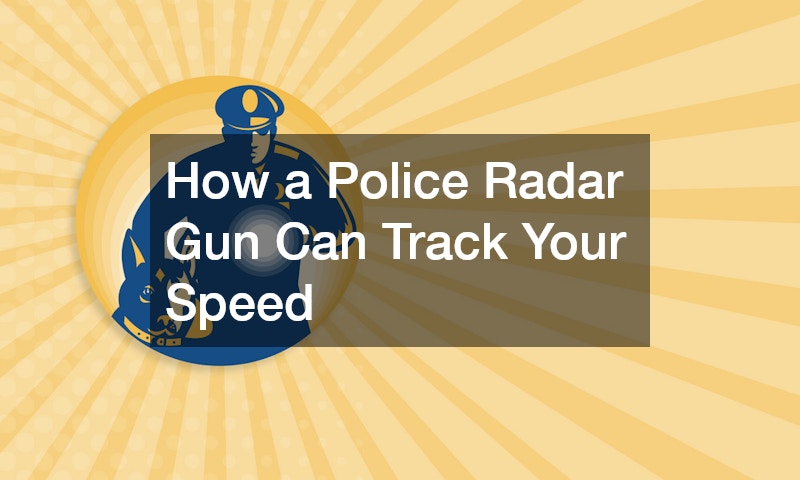
A police radar gun is a crucial tool used by law enforcement to monitor vehicle speeds and ensure road safety. These devices operate by emitting radio waves that bounce off moving vehicles. When a car passes the radar gun, the device calculates the time it takes for the waves to return, determining the vehicle’s speed based on the Doppler effect. This effect describes the change in frequency of waves in relation to an observer moving relative to the source of the waves.
As a vehicle approaches, the waves emitted by radar guns compress, resulting in a higher frequency reading; conversely, as it moves away, the frequency decreases. This Doppler effect is the foundation of traditional radar technology, enabling police officers to accurately track vehicle speed from a distance. The ability to measure speed in real-time allows law enforcement to ensure compliance with speed limits, contributing to safer roadways and reducing the risk of accidents.
In addition to traditional radar, many modern police radar guns now utilize laser technology, commonly known as LIDAR (Light Detection and Ranging), for enhanced precision. Laser radar guns provide highly accurate readings by focusing a narrow beam of light on specific vehicles. This technology allows officers to target individual cars, even in heavy traffic, significantly reducing the chance of errors associated with tracking multiple vehicles simultaneously. The precision of LIDAR makes it an effective tool for law enforcement, as it can measure the speed of a vehicle up to several hundred feet away, providing a reliable reading that can be crucial during traffic stops.
The data collected by a police radar gun can be used for various purposes, such as issuing citations or monitoring speed trends in specific areas. For example, if a particular stretch of road consistently shows high speeds, police can increase enforcement in that area to deter speeding. Additionally, the data can help identify problem spots, allowing for potential adjustments in signage or road conditions to enhance safety. This data-driven approach not only improves enforcement but also contributes to the overall strategy for traffic management and safety initiatives.
Understanding how these devices work can help drivers recognize the importance of adhering to speed limits, ultimately promoting safer roads for everyone. When drivers are aware of the technology in use, they may be more inclined to obey speed limits and drive responsibly. This awareness can foster a culture of safety on the roads, where everyone shares the responsibility of maintaining safe driving practices.
Moreover, the implementation of radar and LIDAR technology has implications beyond law enforcement. For instance, municipalities can use speed data to inform urban planning decisions, such as the placement of speed bumps, traffic lights, or additional signage. By analyzing speed trends, city planners can identify areas that require interventions to enhance safety for pedestrians and cyclists. This holistic approach to road safety illustrates how radar and LIDAR technologies can play a role in broader community planning efforts.
In summary, the sophisticated technology of radar and laser guns has transformed speed enforcement, enabling police to accurately measure vehicle speeds from a distance and target individual cars in heavy traffic. The data collected not only supports law enforcement in issuing citations but also aids in monitoring traffic trends, enhancing road safety initiatives, and informing urban planning. As drivers become more educated about how these devices operate, they may better appreciate the necessity of adhering to speed limits, contributing to safer roads for all. Understanding the science behind speed enforcement technology empowers drivers to make informed choices, fostering a culture of safety and responsibility on the road. Ultimately, embracing these advancements in technology will help create a safer driving environment, benefiting everyone who shares the road.
.




